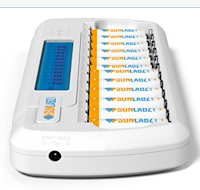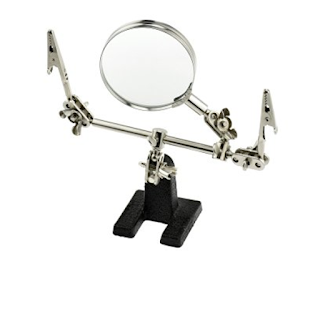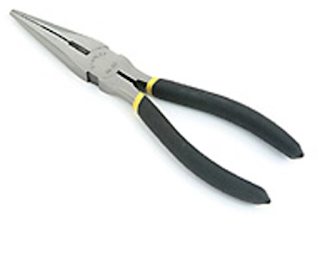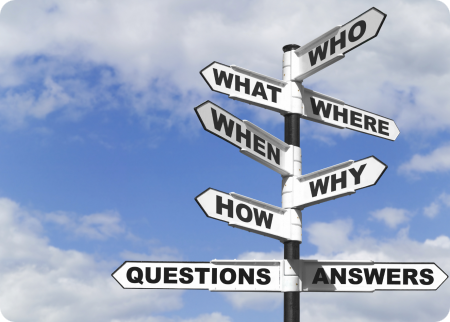
As I previously mentioned, the reason for starting a drone program at Carol Morgan School was to bring new and exciting projects to the Engineering program in the high school.
 We have a very successful Team DRIFT #4091 FRC Robotics program as an after school activity and regular robotics classes, but something else was needed to enhance the design process and utilize the equipment in the Innovation Lab.
We have a very successful Team DRIFT #4091 FRC Robotics program as an after school activity and regular robotics classes, but something else was needed to enhance the design process and utilize the equipment in the Innovation Lab. Since this inception, the program is starting to expand to other disciplines in the school, one flyer at a time, including the business office, admissions, and maintenance departments.
For this post, I will focus on the materials list that I researched and purchased for building drones. These items are not in any particular order, however, each piece was needed in the tool kit to construct the drone. (I had groups of two working on one drone. Each group had a tool kit.)
I used this video ~ "How to Build a Mini Quadcopter" for instructional purposes. He does a really nice job of showing how to tin wires and how to weave all the cabling into the frame for a very clean look. Each class period we took a chunk of the video and completed that work for the day. By doing so, this kept the students on task and the job did not feel so overwhelming. Not all the parts in the kit are the same as in the video. For the most part, all the wiring is the same.
~~~~~~~~~~~~~~~~~~~~~~~~~~~~~~~~~~~~~~~~~~~~~

YKS Drone Kit ~ lots of research went into this selection. The main reason I bought this is the Amazon review that was written by a high school teacher plus all the different reviews I was able to find on YouTube. It is an "OK" drone for the first time flyer who is interested in learning how drones work.
YKS ESC ~ Flight Controller Board
All of the wires from the different accessories are plugged into this board. Because the pins are small, this board is easily damaged. The mini USB cable is plugged into this board and is plugged into the computer to receive the software that will power the drone. This connection can be easily damaged. These come in the YKS kit but have a few extras of these on hand just in case.
YKS CC3D Power Distribution Board ~ this is the little piece that powers the motors. Students will be using the soldering iron to connect the different motor wires and the male battery cable to the PDB board. If not done correctly, students can ruin the PDB. I lied to the students and told them I didn't have extras. I raised their anxiety levels, but only had to replace 1 board during the last year. These also come in the YKS kits, however, it is good t have a few extras on hand just in case.
Rechargeable Battery Charger ~ I bought the 16 bay/slot that was capable of charging both AAA and AA. It is needed if you are operating multiple drones at once. The one that I have linked here works great and has an automatic shutoff.
AmazonBasics AAA & AA Rechargable Batteries Multipacks ~ have a few batteries on hand. I bought 3 packages of AA and 4 packages of AAA. You will use the triple A's with the Cheersons and the AA with the controllers for the YKS.
FlySky FS -i6 AFHDS 2.4 GHZ 6 Channel Radio System Transmitter ~ This uses 4 AA batteries. I had 6 groups so I bought 6 controllers. Most groups finish making the drone about the same time so therefore it is almost impossible to share controllers.
SKYRC iMax B6 Mini Professional Balance Charger/Discharger for Nimh/Li-po Batteries with Adapter ~ after much research, this was the best charger at the time of purchase. It allows you to charger two lipo batteries at once, but also let's you discharge the batteries for storage. Read the directions thoroughly. I bought 3.
3S 11.1 V 1500 mAh Lipo Battery ~ these are the backup lipo batteries. The kit comes with one. The flying time for this battery is between 6-8 minutes. Charging time is about 45 minutes.
Zip Ties ~ buy the small 4 inch. These work really well when securing the motor cables to the drone arms instead of using double sided tape.
Soldering Iron ~ you'll need one per group. The tin that comes with this particular set was the best tin to work with. It is hard to find so make a note of the weight and diameter so you can re-order. It comes with a cooling stand and extra tips.
Helping Hand with Magnifying Glass ~ this is an inexpensive add-on purchase. This means you can't purchase this without buying something else. It would be a nice piece to add to the work station. It has clips on both ends so students can hold the wire and look to see the cable tips that are being soldered. I did not buy these. The students used the needle nose pliers and worked together ~ one held the wire, while the other did the soldering and then switched roles. It was a team approach to getting the task done.
YKS Carbon Fiber Propellers ~ what can I say ~ there will be accidents and crashes. Have plenty of extras on hand. The kit comes with 2 sets. Still....just saying.
Wire Crimping, Cutting, Stripping Tool ~ this is a great tool for stripping the wire to prep for tinning. It is used seldomly, so it can be shared amongst the groups.
Long Nose Needle Nose Pliers ~ these worked great for holding the wires for tinning.
5 inch Needle Nose Pliers ~ To get a clean look in the drone design, students need to weave the motor cables through the body of the drone frame. Their fingers are usually too big to push and pull so this small size pliers helped get the job done.
Diagonal Cutting Plier ~ I started with these but ended with the red pair above. Eventually, this was a nice donation to the robotics team.
LHI 2 Piece Male w/14awg Silicon Wire 10cm ~ this wire is connected via the soldering process to the PDB, power distribution board. Encourage students to measure the length that is needed and then use the wire cutters and stripper to cut to the desired length. I had several groups that didn't do this and it was not a clean construction and the extra cable flopped behind the drone. I only had two groups that destroyed their cabling. This particular set comes with the male and female parts already soldered together. The kits may have the wire and the connectors separated, therefore, the students will need to solder the parts together.
24 Gauge Silicone Wire Red & Black ~ nice to have extra wire hanging around. It comes in handy when mistakes are made.
StarTech 1-foot Mini USB 2.0 Cable A to Mini B ~ it pays to work ahead of your students. Luckily, I discovered that this cable did not come with the kit and the robotics program had the cables. You will need one cable per group. It is needed to transfer the flying program to the drone. We used LibrePilot. It is a great, free program to download for multiple computer operating systems. It shows step by step how to set up the quadcopter. It is during this phase that students will need to return to the building phase if they discover something is not constructed properly.
Lots of time and money was invested into this part of our drone program. I have been through 2 semesters of students in building drones and will start my third group in mid October 2017 (allowing more time to get the work done). We almost had one drone flying and we definitely had two drones smoking (they crossed the motor wires). We have a new class schedule this year that incorporates FLEX time. I will encourage last year's students to come during flex time and work to get their drone flying.
For the next implementation, we have moved to RTF (ready to fly) drones and have lined up our first customer ~ the maintenance engineer would like aerial video and photos of the school grounds so he can compare it to existing school maps for accuracy. The Business Office manager wants to tap into his inner child and learn to fly.
The possibilities will be endless.































